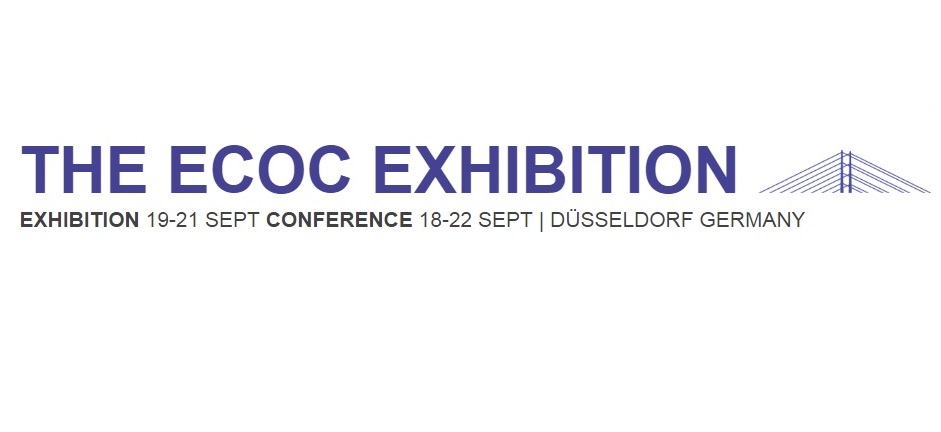CCD Congress Düsseldorf, Germany
19-21 September 2016
The ECOC Exhibition is the largest optical communications exhibition in Europe, held each September in a different European city, the event is the key meeting place for decision makers from across the fibre optic communications technology industry.
Now in its 20th year, the exhibition now attracts over 5,000 decision makers from all around the world – bringing together manufacturers, suppliers and service providers to networking, gain insights on the latest developments, new products and trends in the industry.
Alongside over 300 international exhibitors, the exhibition is full with interative features and seminars. Live demonstrations are provided in the FTTx Village and free training sessions covering fusion splicing and fibre preparation tools. The extremely popular Market Focus theatre includes thought provoking presentations from some of the most innovative and forward thinking companies working in optics today discussing the key issues facing the market.
Available software demonstrations:
OptiSystem: Optical Communication System Design Suite
OptiSPICE: Opto-Electronic Circuit Design Software
OptiFDTD: Finite-Difference Time-Domain Software
OptiBPM: Waveguide Optics Design Software
OptiFiber: Optical Fiber Design Software
OptiGrating: Integrated and Fiber Optical Gratings Design Software
| Technical Scope |
|
1 – FIBRES, FIBRE DEVICES AND FIBRE AMPLIFIERS
|
|


